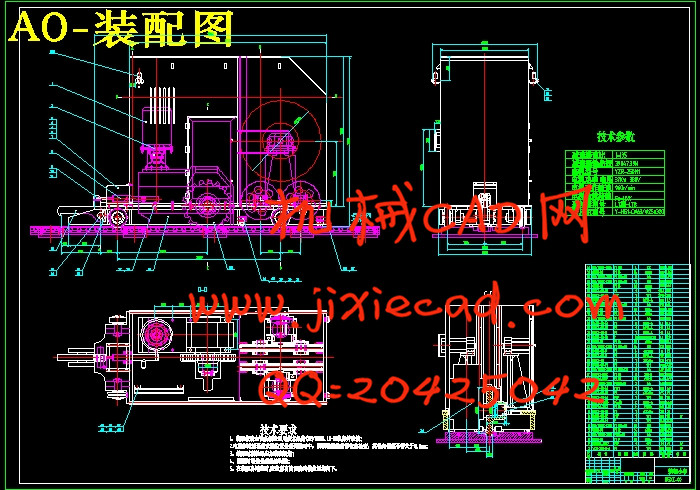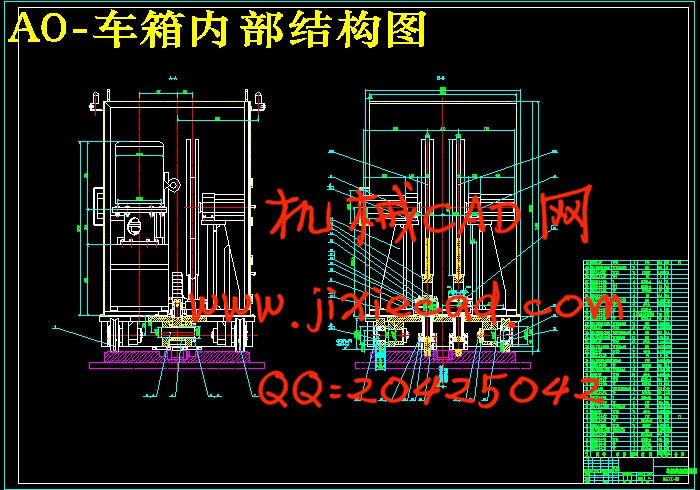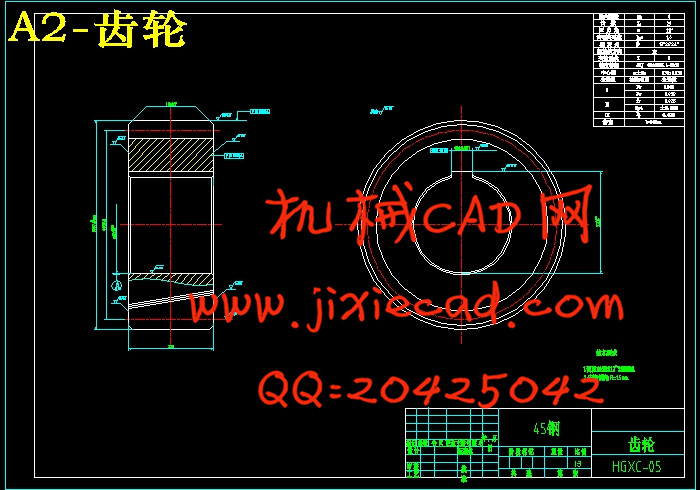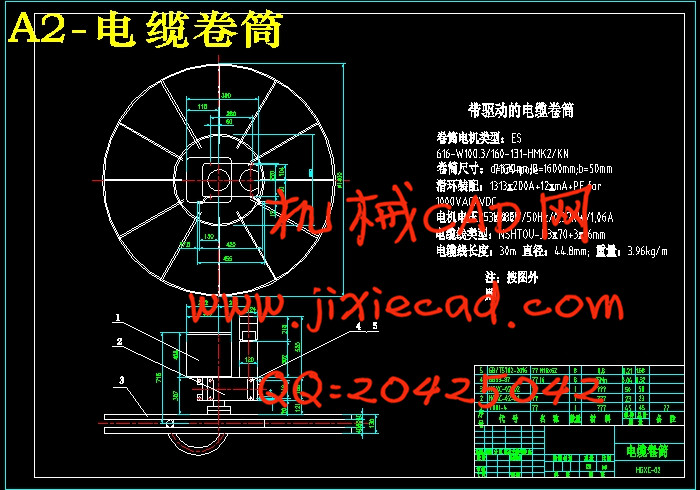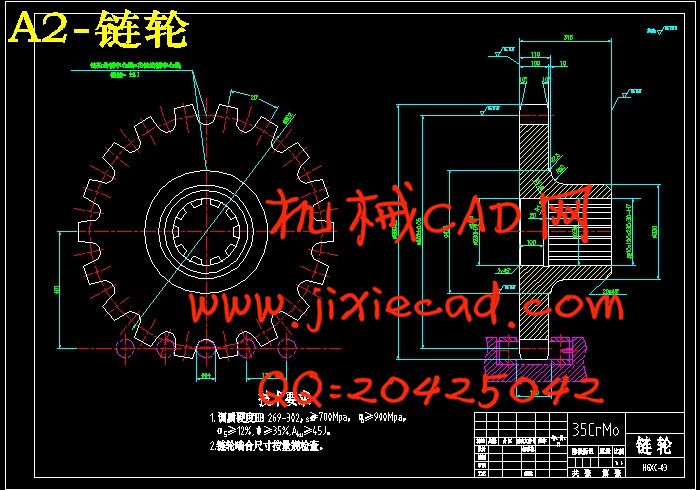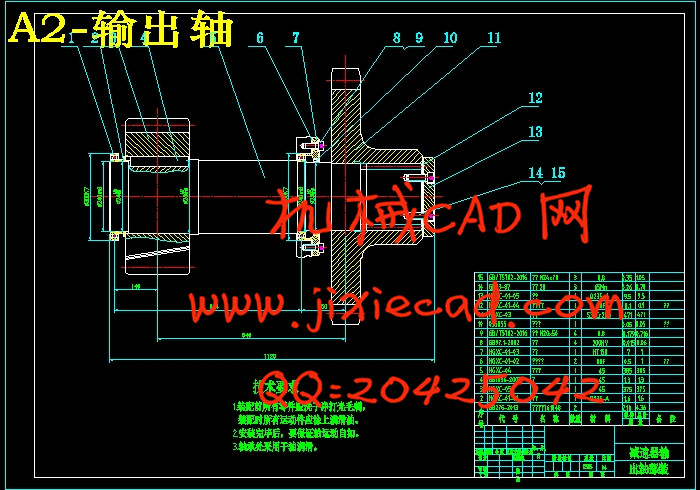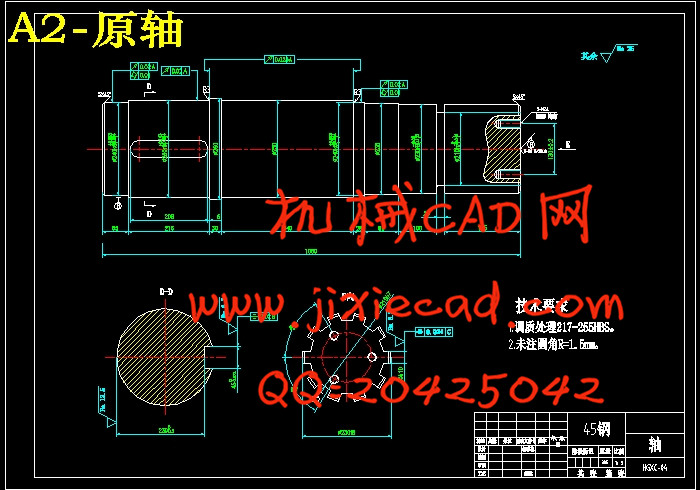设计简介
摘要
换辊小车是用来解决轧辊因工作一定时间后产生磨损而导致所轧钢板产品质量下降问题的生产机械。而本文中叙述的是在鞍钢 2150 精轧机换辊小车的基础上,对其进行改进设计的情况。原本辊系小车的驱动方式有两种,一是链式移送装置,二是液压缸驱动装置。但是这两种方式步骤烦琐, 换辊时间长的缺点是制约生产的一个关键因素,因而对其进行改进,从而缩短换辊时间,提高生产效率。
本次设计过程包括换辊小车总体结构方案设计和传动部分的改造设计。重点进行了换辊小车传动方案的设计。通过对已有换辊小车结构形式进行分析,以及对大量参考文献的查阅研究,在本次设计中将驱动方式改进为由动力小车直接驱动。整个动力小车驱动装置通过电机提供动力,使减速器输出轴上的链轮在固定链条上滚动,从而实现小车在轨道上的快速运动,达到缩短工作时间,提升工作效率的目的。
本文除了在宏观上对动力小车的电机进行了选择,确定了传动比以外,同时还具体地对齿轮、轴等重要的零部件进行了计算与校核,成功缩短了辊系小车的换辊时间,提升了轧钢产品的质量,并且使整条生产线的轧机换辊时间得到了同步,具有一定的实际应用价值。
关键词:换辊小车;电机;传动方案;链条;液压缸
换辊小车是用来解决轧辊因工作一定时间后产生磨损而导致所轧钢板产品质量下降问题的生产机械。而本文中叙述的是在鞍钢 2150 精轧机换辊小车的基础上,对其进行改进设计的情况。原本辊系小车的驱动方式有两种,一是链式移送装置,二是液压缸驱动装置。但是这两种方式步骤烦琐, 换辊时间长的缺点是制约生产的一个关键因素,因而对其进行改进,从而缩短换辊时间,提高生产效率。
本次设计过程包括换辊小车总体结构方案设计和传动部分的改造设计。重点进行了换辊小车传动方案的设计。通过对已有换辊小车结构形式进行分析,以及对大量参考文献的查阅研究,在本次设计中将驱动方式改进为由动力小车直接驱动。整个动力小车驱动装置通过电机提供动力,使减速器输出轴上的链轮在固定链条上滚动,从而实现小车在轨道上的快速运动,达到缩短工作时间,提升工作效率的目的。
本文除了在宏观上对动力小车的电机进行了选择,确定了传动比以外,同时还具体地对齿轮、轴等重要的零部件进行了计算与校核,成功缩短了辊系小车的换辊时间,提升了轧钢产品的质量,并且使整条生产线的轧机换辊时间得到了同步,具有一定的实际应用价值。
关键词:换辊小车;电机;传动方案;链条;液压缸
ABSTRACT
The roll change carriage is a production machine for solving the problem that the quality of the rolled steel plate product is degraded due to the wear of the roll after a certain period of work. This paper describes the situation of an improved design based on the roll change carriage of Ansteel 2150 finishing mill. There are two driving methods of the original roller trolley: one is a chain transfer device and the other is a hydraulic cylinder drive device. However, these two methods are cumbersome, and the long roll-changing time is a key factor that restricts the industry’s production. In this design, the driving mode was improved to be directly driven by the driving car. This kind of driving-car-device is powered by a motor, so that the sprocket on the output shaft of the speed reducer could roll on the fixed chain, and therefore the car would move on the track. The hydraulic cylinder is used to rotate the pull-out hook around the pin shaft to perform hooking or pushing the hook so that the work roll can be pulled out or pushed in, and finally the work of roll-changing could be realized. After such improvement, the roll-changing time of the roll-type trolley could be successfully shortened, thereby increasing the production efficiency and synchronizing the roll-changing time of the rolling mill of the entire production line.
During the designing process, the working principle of the roll change trolley was analyzed, the transmission scheme was designed, and the analysis of lubrication, environmental protection and economy was carried out. The main focuses are on the selection of the working parameters; the structural design of the roll change carriage; the selection and calculation of the motor; and the design, the calculation and the verification of the major components during the entire designing process. Based on relevant data and learning from previous experience, through the design and analysis of roll change carriages, all technologies could meet the requirements. Therefore, this design has certain practical value of application.
Key words: roll-changing car; motor; transmission scheme; chain; hydraulic cylinder


